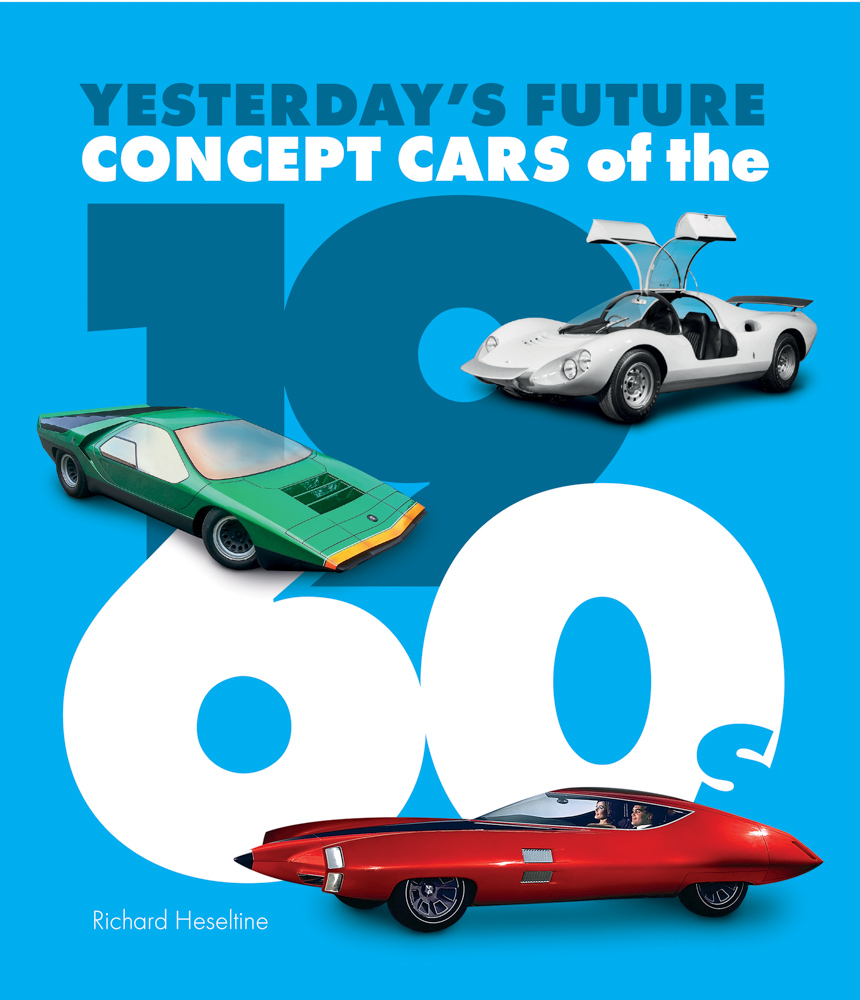
Have you noticed that we have a thing for books? During the first lockdown, we were looking for an extra column because almost all events were cancelled. Since both I and Joris have a thing for books, the choice was easily made. This particular book is already the tenth book review. And judging by the number of visitors, you don’t mind.
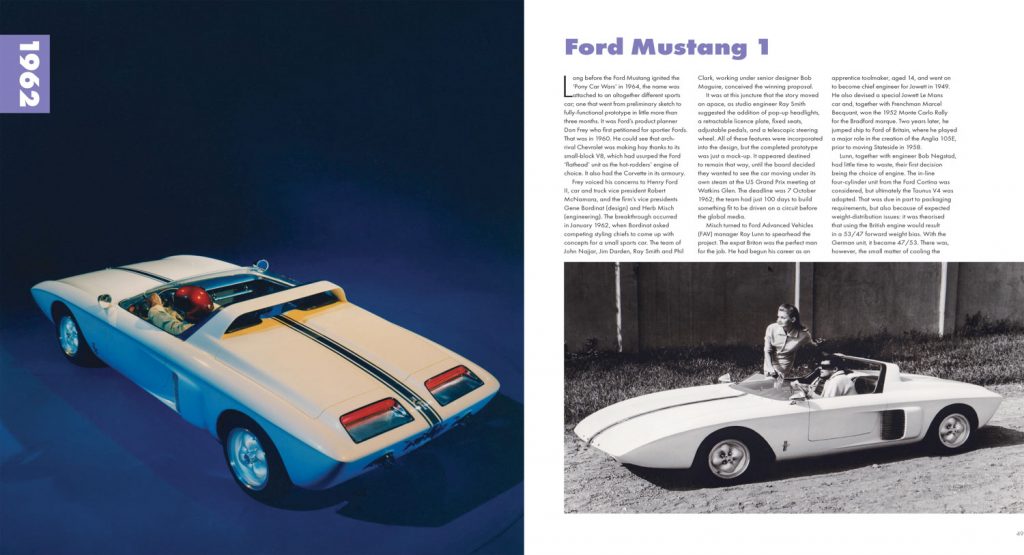
Concept cars & Prototypes
Concept cars and prototypes appeal to many people. Perhaps because they give us a glimpse into our future. Sometimes near, sometimes far, or even completely unattainable. But they have one thing in common: they make us dream.
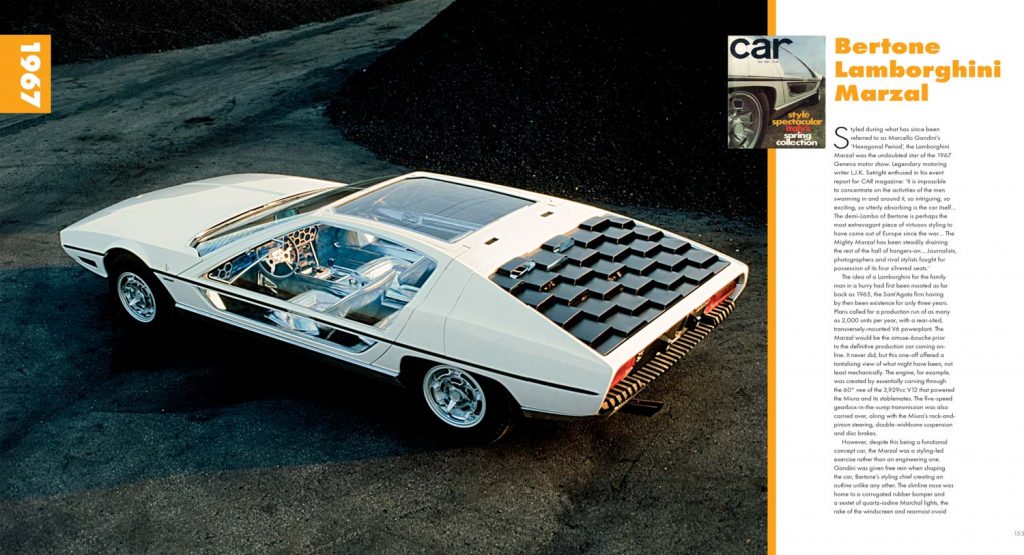
Richard Heseltine
Richard Heseltine’s book takes us on a journey through the 1960s. Richly illustrated with more than 350 photos, Heseltine takes you into the wonderful world of designers. Sometimes futuristic, sometimes ready for production.
Each car is described in detail with details of their options and innovations. Some of the innovations shown are still found in our cars today. But there are also some that make me happy because they didn’t make it.
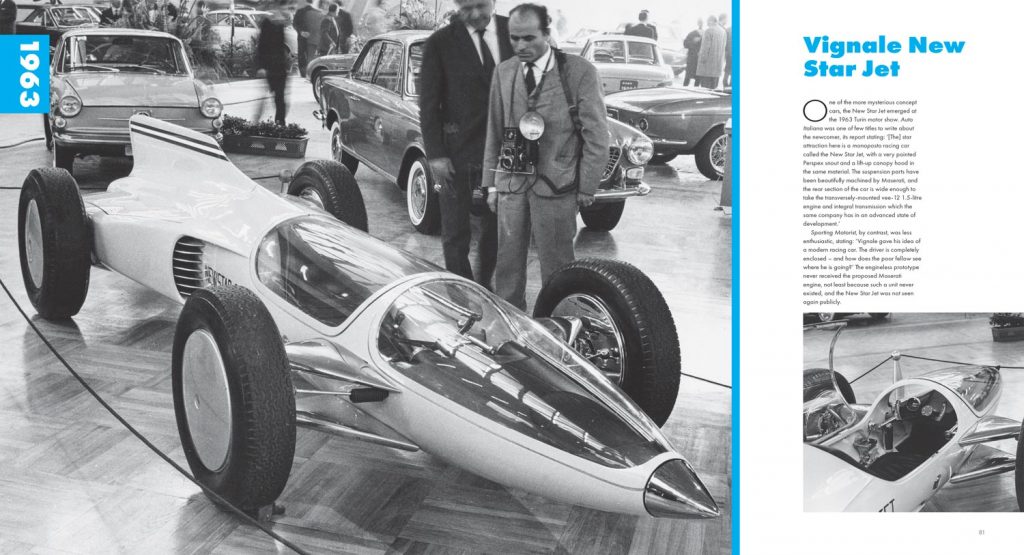
At international trade fairs, manufacturers often test how the general public responds to their innovations. If this is successful, you may assume that they have noticed it. Perhaps they are already thinking about how they can integrate this into their next model.
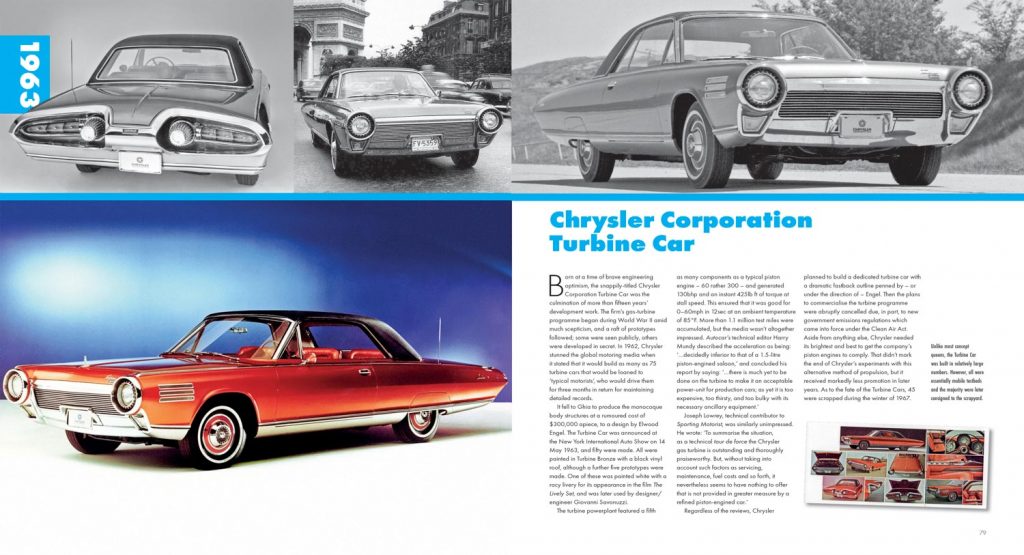
Every time a new year begins, there is a little extra section. Also in 196x’. It gives you a compact overview of the most important events of each year. I really liked this item.
Joris and I can say that we have seen a lot of cars in recent years. However, this book shows a lot of concept cars we didn’t even know about. Often they have been shown to the public only once and then ended up in a dusty warehouse.
The book Yesterday’s Future, Concept cars of the 1960s is written in a light-hearted and entertaining way. It is also a fascinating reference work on the development drive of the 1960s. Highly recommended.
For sale at Porter Press and the better bookshop.
ISBN nr: 978-1-913089-34-4
Report: Patrick Verheeken
